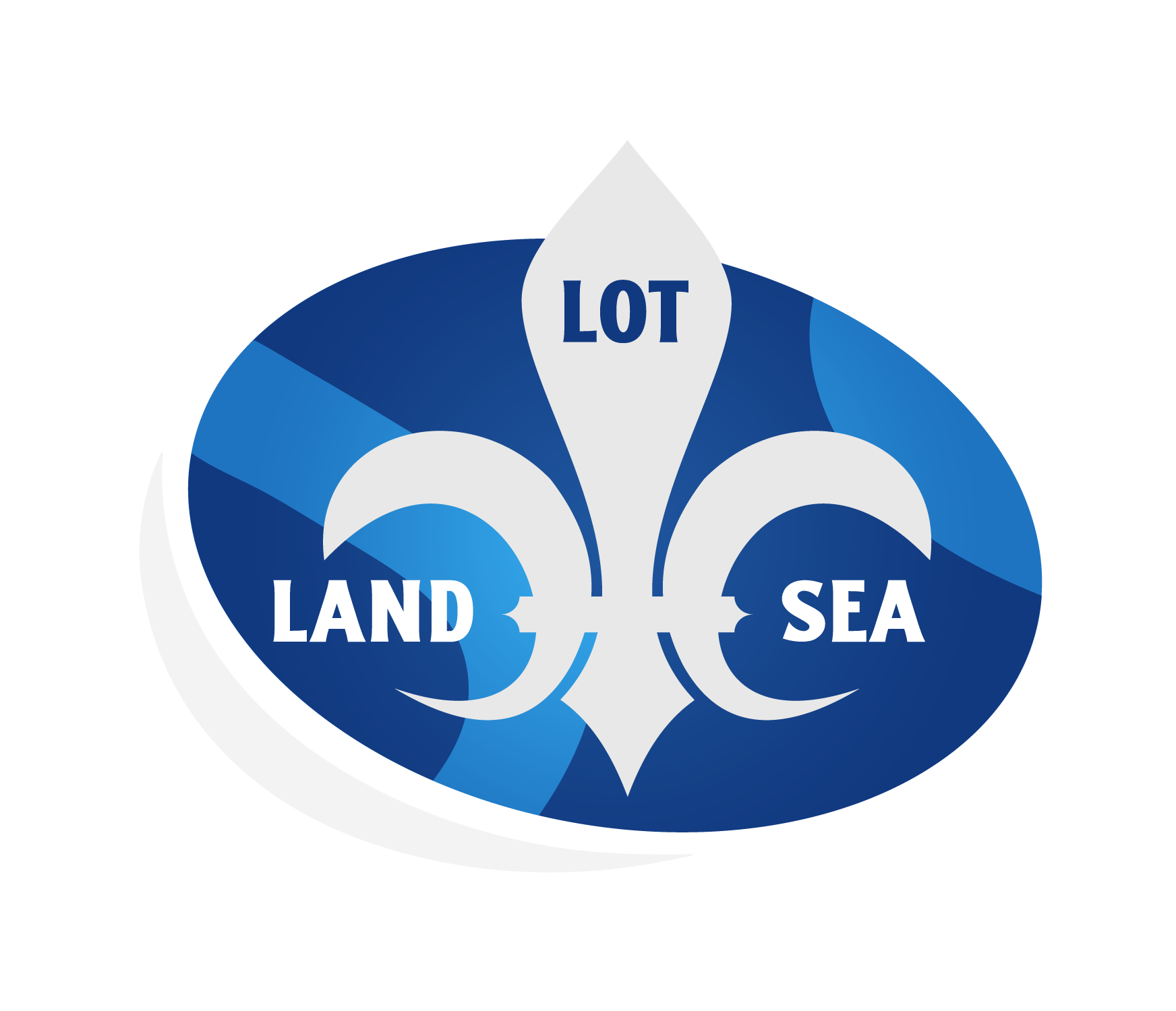LandSeaLot seeks to integrate, scale-up and enhance existing observation efforts, conducted by satellites or in-situ, including by citizen scientists, together with numerical simulations, to better study the land-sea interface, where terrestrial and marine habitats meet.


LandSeaLot’s objective is to minimise observation gaps within the Land-Sea Interface (LSI) by evaluating and rectifying existing gaps and overlaps in observational Research Infrastructures (RIs). It also aims to foster enhanced collaboration among citizen scientists, observers, and modelling experts. The initiative aims to co-create a unified observation strategy for the land-sea interface. This strategy, designed to outlast the project’s duration, will facilitate strategic and collaborative services among diverse communities, offering an analysis of observation and modelling gaps while identifying potential areas for innovation and collaboration.
Citizen science, which involves public participation in scientific research and knowledge production, is gaining world-wide recognition as a valuable approach in advancing the scope of scientific research.
In citizen science initiatives, public stakeholders actively contribute to scientific investigations, yielding genuine outcomes. This participatory, collaborative effort enables the collection of data across both time and space, addressing critical data gaps that may be inaccessible without the involvement of numerous participants, including individuals with local or indigenous knowledge.
Bringing together experts from JERICO-RI, DANUBIUS-RI, and ICOS-ERIC, alongside leaders in citizen science, policy, and coastal management, the LandSeaLot Integration Labs (pilot centres) aim to customise integrated observations. These observations will offer insights to tackle local challenges, encompassing assessments of lateral carbon flux and stock, plastics transfer, nutrient impact on primary production and eutrophication. The LandSeaLot Integration Labs will support biodiversity conservation, improve modelling capabilities, and assist in climate change adaptations such as storm surges, floods, heat waves, coastal erosion, and saltwater intrusion.



LandSeaLot has received funding from the European Union’s Horizon Europe Framework Programme for Research and Innovation under grant agreement No 101134575. Views and opinions expressed are however those of the author(s) only and do not necessarily reflect those of the European Union or European Research Executive Agency. Neither the European Union nor the granting authority can be held responsible for them. UK participants in Horizon Europe Project LandSeaLot are supported by UKRI grant numbers: 10109592 University of Stirling and 10107554 Plymouth Marine Laboratory.
©2024 LandSeaLot | Privacy Policy | Cookie Policy | Website by Seascape Belgium
To provide the best experiences, we use technologies like cookies to store and/or access device information. Consenting to these technologies will allow us to process data such as browsing behavior or unique IDs on this site. Not consenting or withdrawing consent, may adversely affect certain features and functions.